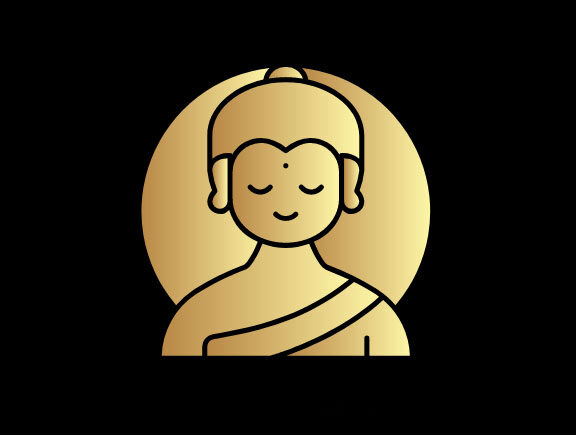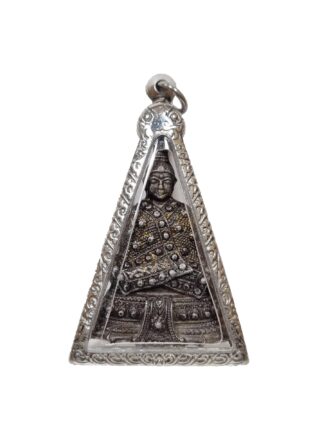Phra Buddha
Buddha Shakyamuni, often simply called the Buddha, was a spiritual teacher who lived in India around the 5th to 4th centuries BCE. The name “Shakyamuni” translates to “Sage of the Shakya clan,” referring to his royal lineage in the Shakya tribe. Born as Siddhartha Gautama in Lumbini (present-day Nepal), his life journey towards enlightenment is both inspiring and foundational to Buddhism.
Siddhartha’s early life was marked by luxury, sheltered within his palace walls from the harsh realities outside. However, upon venturing out, he encountered the “Four Sights”: an elderly person, a sick person, a dead body, and a meditating ascetic. These experiences profoundly impacted him, leading him to question the nature of existence and the suffering inherent in life.
Driven by these reflections, Siddhartha renounced his princely title, wealth, and family to seek answers. This quest led him to years of rigorous ascetic practices, study under various teachers, and deep meditation. However, extreme asceticism didn’t provide the clarity he sought. Consequently, he adopted the “Middle Way,” a path of moderation between severe asceticism and indulgence.
Under the Bodhi tree in Bodh Gaya, Siddhartha attained enlightenment after a profound meditation, thereby becoming the Buddha, which means “The Awakened One”. He realized the nature of suffering, its causes, and the path to its cessation, encapsulated in the Four Noble Truths and the Eightfold Path.
For the next 45 years, Buddha Shakyamuni traversed regions of India, teaching a diverse range of people: kings, merchants, farmers, and ascetics. His teachings, known as the Dharma, revolve around the principles of compassion, mindfulness, and wisdom.
Buddha Shakyamuni’s teachings were passed down orally before being transcribed. His legacy has endured for over two millennia, resulting in diverse Buddhist traditions worldwide, all rooted in his fundamental teachings.
Showing 1–24 of 48 results
-

Phra Buddha
$886 Add to cart -

Phra Buddha
$280 Add to cart -

Phra Buddha
$295,852 Add to cart -

Phra Buddha
$59,169 Add to cart -

Phra Buddha
$59,169 Add to cart -

Phra Buddha
$590 Add to cart -

Phra Buddha
$139 Add to cart -

Phra Buddha
$221 Add to cart -

Phra Buddha
$221 Add to cart -

Phra Buddha
$280 Add to cart -

Phra Buddha
$332 Add to cart -

Phra Buddha
$110 Add to cart -

Phra Buddha
$147 Add to cart -

Phra Buddha
$280 Add to cart -

Phra Buddha
$280 Add to cart -

Phra Buddha
$886 Add to cart -

Phra Buddha
$590 Add to cart -

Phra Buddha
$65 Add to cart -

Phra Buddha
$147 Add to cart -

Phra Buddha
$1,108 Add to cart -

Phra Buddha
$369 Add to cart -

Phra Buddha
$738 Add to cart -

Phra Buddha
$147 Add to cart -

Phra Buddha
$221 Add to cart
Showing 1–24 of 48 results
























